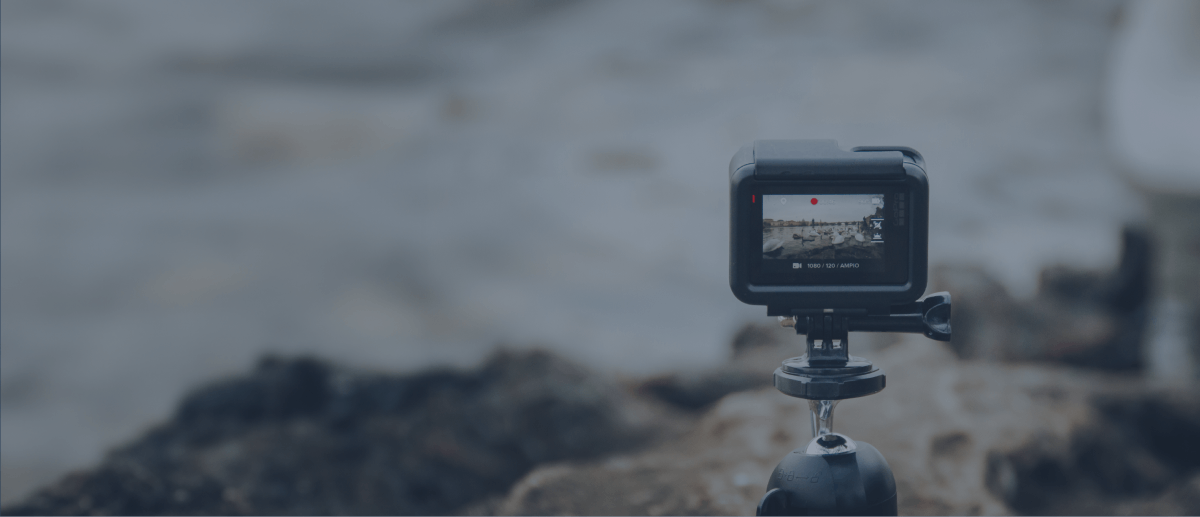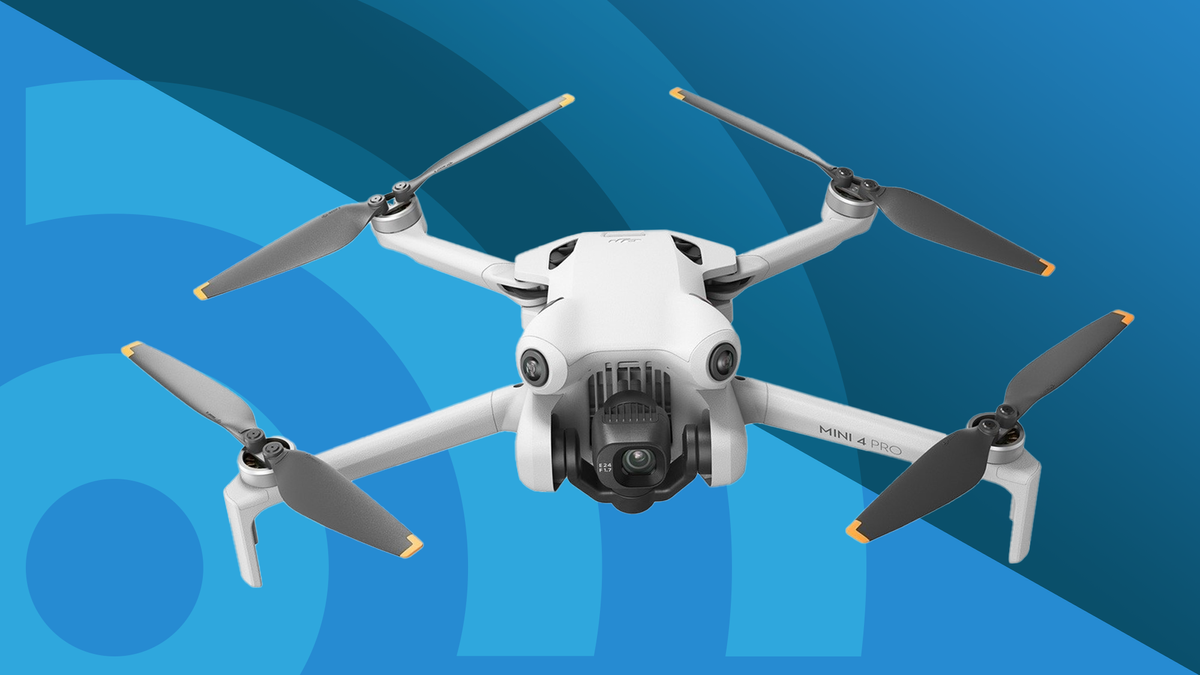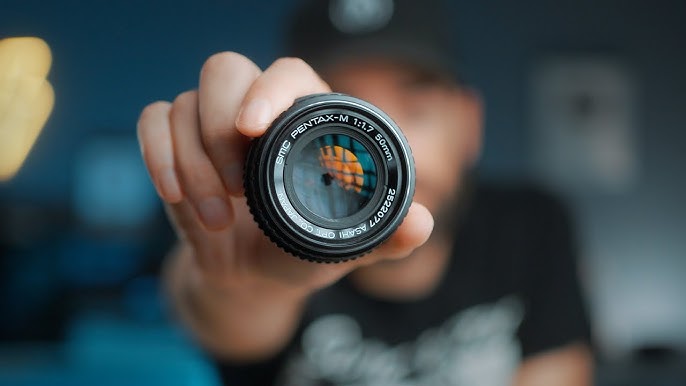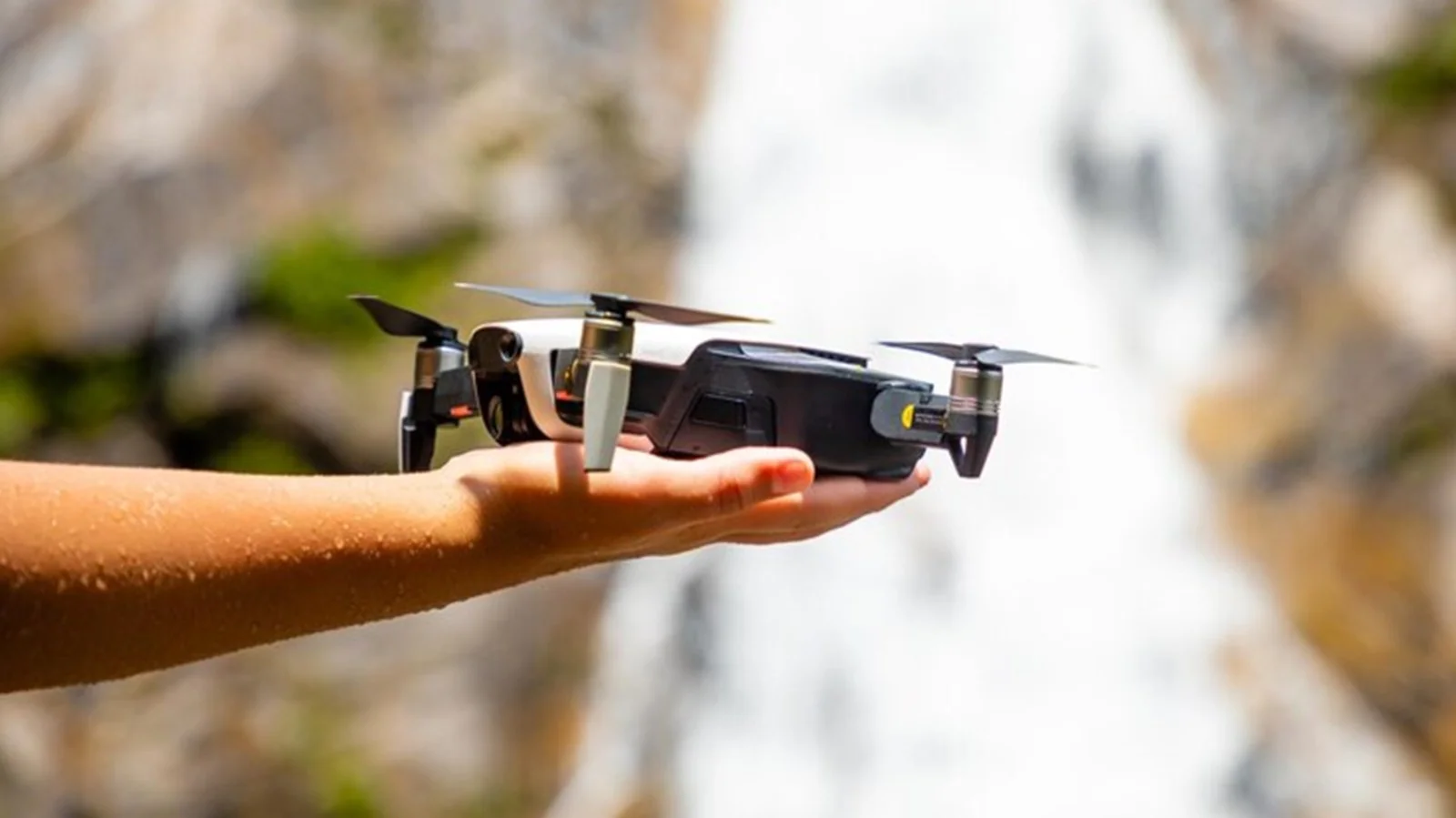Drones have evolved into versatile tools for aerial photography and videography, providing unique perspectives on landscapes, events, and more.
One critical aspect of drone camera technology that often goes under the radar is low-light performance.
In this article, we’ll explore the significance of low-light performance in drone cameras, its challenges, and how to maximize your results when shooting in challenging lighting conditions.
The Importance of Low-Light Performance
Low-light performance refers to a drone camera’s ability to capture clear and detailed imagery in situations where natural light is limited, such as during dawn, dusk, or nighttime. It is a crucial factor for various applications:
- Astronomy and Astrophotography: Drones equipped with excellent low-light performance can capture celestial events, such as the night sky, stars, and even the Milky Way, offering unique astronomical perspectives.
- Cinematography: Filmmakers often require the ability to shoot at low-light conditions for storytelling purposes. Drone cameras with impressive low-light capabilities can produce cinematic footage without the need for extensive artificial lighting.
- Emergency Response: In search and rescue missions or emergency situations, drones may need to operate in low-light environments to locate missing persons or assess disaster damage.
- Real Estate: Real estate professionals can showcase properties in various lighting conditions, including twilight or evening shots, to capture the ambiance and attractiveness of a property.
Challenges in Low-Light Drone Photography
Capturing quality imagery in low-light situations poses unique challenges for drone cameras:
- Noise and Grain: Low-light images often exhibit noise and grain, which can reduce image quality. Noise reduction techniques and advanced sensors help mitigate this issue.
- Limited Autofocus: Autofocus may struggle in low-light scenarios, leading to slower focusing or inaccurate results. Manual focus adjustments or focus peaking can be valuable tools.
- Reduced Shutter Speed: To capture more light, drone cameras may use slower shutter speeds in low-light conditions. This can result in motion blur if the drone is not stabilized effectively.
Tips for Maximizing Low-Light Performance
To make the most of your drone camera’s low-light capabilities, consider the following tips:
- Select the Right Drone: Choose a drone model known for its low-light performance, featuring larger sensors and advanced image processing capabilities.
- Adjust Camera Settings: Experiment with camera settings like ISO, aperture, and shutter speed to find the optimal balance between exposure and image quality.
- Stabilization: Ensure your drone has effective stabilization mechanisms, such as a gimbal, to eliminate motion blur caused by slower shutter speeds.
- Use ND Filters: Neutral density (ND) filters can help control exposure and shutter speed in varying lighting conditions, including low light.
- Post-Processing: Post-processing software, such as Adobe Lightroom or Photoshop, can help reduce noise and enhance the quality of low-light images.
Conclusion
Low-light performance is a critical consideration when selecting a drone camera, especially if you intend to capture breathtaking imagery in challenging lighting conditions.
By understanding the challenges and following the tips mentioned above, you can maximize your drone’s low-light capabilities, opening up new creative possibilities and allowing you to capture stunning aerial imagery, even when the sun sets or the stars come out.









Leave a Reply